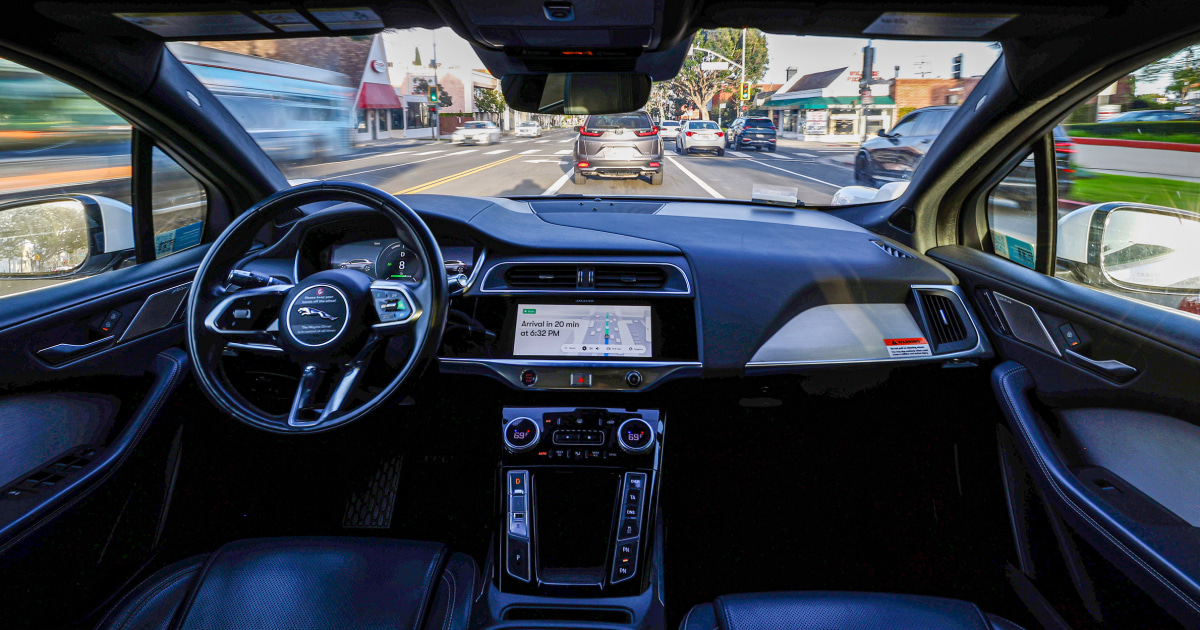- Arvind's Newsletter
- Posts
- Arvind's Newsletter
Arvind's Newsletter
Issue No #1068
1.India's oil demand set to plateau by mid- 2040s: BP Chief Economist
India’s oil demand is expected to plateau only by the mid-2040s under the current trajectory, BP chief economist Spencer Dale said.
“In the current trajectory, the level of global oil demand in 2035 is exactly equal to the level of oil demand today. Oil demand for the next 10 years or so, will flat line,” Dale told reporters. “Chinese oil demand is expected to start declining by the end of this decade,” he said.
The findings are part of the BP Energy Outlook 2024 report.
2.India’s defence exports are booming, and US is the biggest importer
India’s defence exports have surged more than 30 times in the past 10 years, with the ongoing Russia-Ukraine war and the Israel-Hamas conflict giving a fillip to more growth as several countries look at beefing up their arsenal.
The country’s growing defence industry now supplies to over 90 countries globally, with the government actively pushing easier licensing systems and approvals and shedding its shyness when it comes to supplying lethal arms.
While the US has emerged as the biggest defence export destination, the government is also focusing on countries in Africa and elsewhere to supply defence goods, with easier lines of credit and a diplomatic push.
Defence ministry data shows that exports jumped by an astronomical 78 percent in the first quarter of 2024-2025. Defence exports in April-June leapt to Rs 6,915 crore from Rs 3,885 crore in the year-ago period.
Defence exports were already on a roll. They hit a record Rs 21,083 crore (approximately $2.63 billion) in 2023-2024, a growth of 32.5 percent over the previous fiscal’s Rs 15,920 crore.
3.Chevron to set up engineering & innovation centre with $1bn investment
Global energy solutions provider Chevron is investing $1 billion in a new research and development (R&D) hub called Chevron Engineering and Innovation Excellence Center (ENGINE) in Bengaluru. This marks the company's first engineering and innovation center in India of scale.
Chevron ENGINE, to be located near Bellandur, will be hiring talent with specialised skills encompassing both engineering and digital services, with approximately 600 positions to be filled by 2025-end, and plans to add more positions over time.
Other than a large technical center in Houston, US, and California, the company has some smaller labs in Aberdeen. India will house one of the larger technology hubs of the company.
4.French retailer Decathlon to invest around 100 mn euros in India in 5 years
With a network of 127 stores presently, the retailer aims to add 10–15 new stores every year, growing to 190 stores in 90 cities as part of its expansion plan, while also boosting its digital presence.
Currently, 68% of the products sold by Decathlon in India are made locally. This is expected to rise to 85% by 2026.
5.Eli Lilly Weight Loss Drug Cuts Diabetes Risk
Pharmaceutical giant Eli Lilly's weight loss drug tirzepatide was found to reduce the risk of developing Type 2 diabetes by 94% among people with excess weight, according to a study released yesterday.
The three-year study is the longest completed study of the drug and involved observing the effects of the weekly injectable in more than 1,000 patients with pre-diabetes who were obese or overweight. The study showed those who took the highest weekly dose at 15 mg saw a nearly 23% reduction in body weight on average and a 94% reduced risk of developing diabetes compared with pre-diabetics who took a placebo and lost 2% of their body weight on average.
Tirzepatide is the active ingredient in Eli Lilly's weight loss drug Zepbound and its diabetes version Mounjaro—both of which have gained popularity due to their aid in weight loss. Eli Lilly is the world’s most valuable pharmaceutical drugmaker with a $900B market cap and has seen its shares rise over 60% this year.
6.Europe power prices go negative
Electricity prices in parts of Europe fell below zero, a sign of fast-growing wind- and solar-power production. Negative power prices are an increasingly frequent occurrence as countries build out weather-dependent renewables capacity, with supply at times outpacing demand. Europe is not the only region seeing rapid green-power construction:
China is building a mammoth “Great wall of Solar” in a desert 500 miles (800 kilometres) west of Beijing, solar-power generation in the US jumped by 25% alone, and Australia today approved a huge solar-and-battery farm that will send electricity as far away as Singapore.
Negative power prices are not an unalloyed positive, however, with companies often complaining that oversupply of renewables disincentivizes future investment in clean power.
7.After the gold: A look at how some Olympic champions are being welcomed home
Winning gold at the Olympic Games is a huge accomplishment. But athletes are received in various different ways upon returning to their home countries, with some even being showered with gifts and cash. But others question if financial rewards are appropriate.
"In Pakistan, Arshad Nadeem brought home the javelin gold and reportedly got nearly $600,000 and two new cars — plus free gas for life.”
8.Waymo has doubled its weekly paid robotaxi trips to 100,000 since May
Waymo is now providing more than 100,000 paid robotaxi rides per week in the US, according to a LinkedIn announcement by its co-CEO Tekedra Mawakana. That’s double the 50,000 weekly paid trips the company reported in May.
Last month, Alphabet announced that it was investing an additional $5 billion into Waymo, which started as a self-driving project at the company in 2009.
On Monday, Waymo revealed details about its new, “generation 6” self-driving system, which should enable the company to offer driverless services in a wider array of weather conditions and without requiring as many costly cameras and sensors in its vehicles.
Waymo, which boasts around 700 vehicles in its fleet today, operates the only commercial robotaxi service in the U.S., Waymo One.






